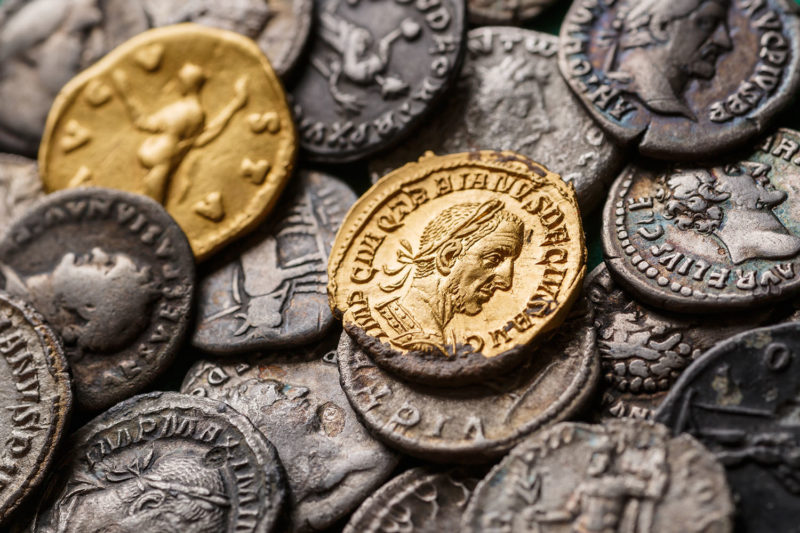

The impact of Basel III on ‘paper gold’
The entry into force of the Basel III regulations introduced new regulatory standards with the aim of strengthening supervision and reducing risk-taking in the banking sector. Even so, it aims to limit speculation in gold investment through derivatives, which allowed the creation of a bubble based on the issuance of securities not backed by physical gold.
The 2008 financial crisis made it clear that banks did not have sufficient reserves to cope with an economic downturn and to cover the risks. This led to the failure of large banks and financial institutions, spurred by the collapse of Lehman Brothers. The domino effect resulted in one of the biggest global economic crises in history.
In response, the Basel Committee on Banking Supervision (BCBS) developed and approved a set of regulatory measures under Basel III, which impose requirements on the banking sector to implement asset policies designed to reduce the likelihood of a repeat banking collapse.
A large part of these requirements relate to bank capital buffers, stress testing, or market liquidity and, as with the Committee’s other standards, members are committed to implementing and enforcing them in their national jurisdictions. The set of measures is not expected to be fully implemented until 2023, but the rules on bank liquidity structures were applied to European banks from 28 June 2021.
Reserves sufficient to cover 85% of unallocated gold
Investment funds, futures contracts, ETFs or other securities that have gold as an underlying, but do not allocate an amount of physical gold bullion or coins to investors have allowed the same speculative model based on FIAT money. The new regulation aims to end or limit this business model based on the issuance of securities backed by a quantity of gold that does not actually exist, as it can generate financial bubbles that trigger many economic crises and subsequent bank collapses.
Thus, the regulation reclassifies physical, allocated gold as a Tier 1 asset (the safest tier), comparable to cash, while it continues to categorise paper gold, or unallocated gold, as Tier 3 (the riskiest tier). In addition, it obliges financial institutions to hold capital buffers of 85%, previously 0%, to secure precious metals financing and clearing transactions.
The possible consequences of the reclassification of physical gold into a safer asset may trigger the allocated gold market, while unallocated gold becomes a less desirable form of investment. Still, the tendency for gold price manipulation should diminish, at least in the futures markets, because state manipulation is another matter.
Time will tell how effective this new regulation will be in preventing banks and financial institutions from playing Russian roulette with money that is not theirs. A speculative game where taxpayers always end up paying the price. In any case, the value of physical gold as a safe haven asset par excellence is confirmed.
If you want to discover the best option to protect your savings, enter Preciosos 11Onze. We will help you buy at the best price the safe-haven asset par excellence: physical gold.




